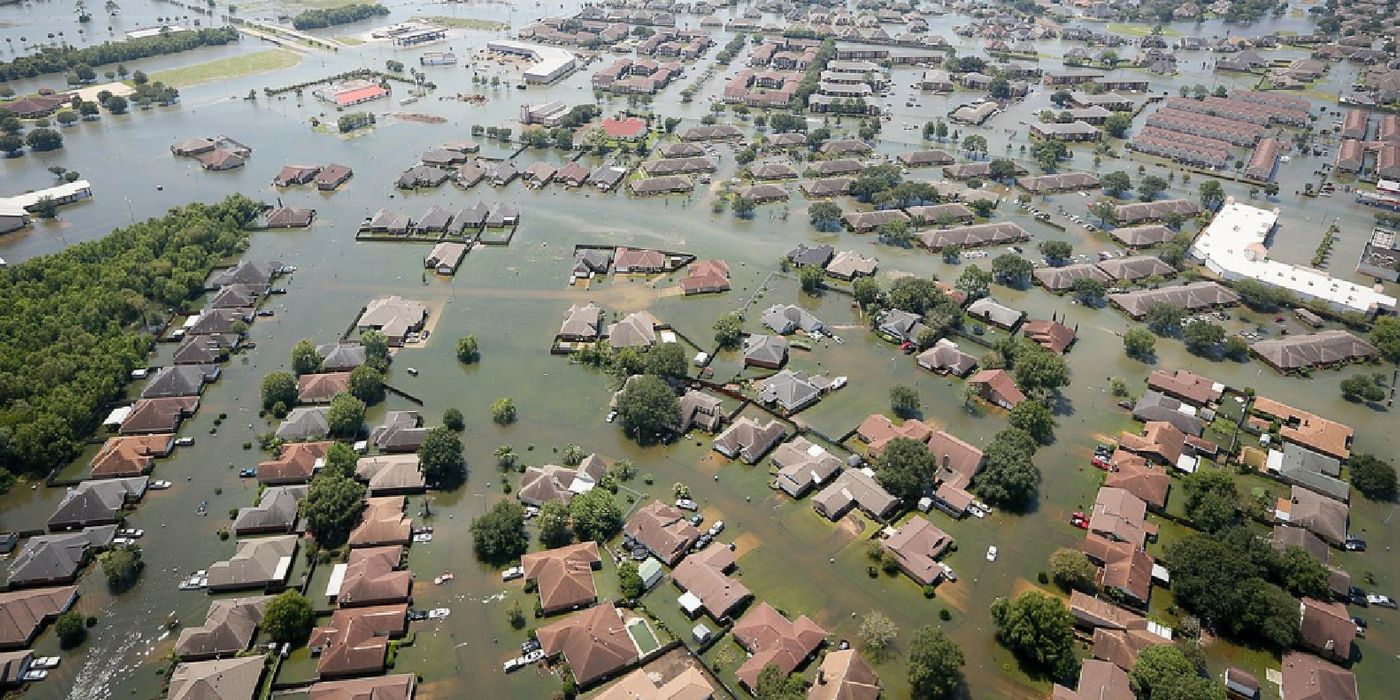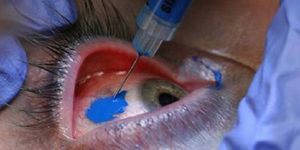Flesh-Eating Bacteria in Harvey's Floodwaters Kills Woman
Hurricane Harvey may have already come and gone, but its destruction is still ever-present. The latest victim of this disaster was a woman who contracted flesh-eating bacteria from the infected floodwaters.
The woman was 77-year-old Nancy Reed. According to reports, Reed injured herself while helping her son clear out his flooded home. Lurking in the contaminated water were flesh-eating bacteria that used the injury to break into her system.
"She was in good health. She was very active," said Mark Renn, associate pastor at the First Presbyterian Church of Kingwood, where her memorial service was held.
"She was in the ICU for two weeks," said Renn. "She went into the hospital, she was making good progress, they thought they had treated the bacterial infection, and then just to find out one morning that she was gone."
Reed is the 36th victim to have died from the Harvey superstorm, but the only one who died with a diagnosis of necrotizing fasciitis.
Infections are expected in the aftermath of storm flooding because the waters become contaminated with sewage and fecal matter. In these contaminated waters, mingling with bacteria that cause gastrointestinal infections, cholera, and typhoid, are flesh-eating bacteria.
Despite the name, the flesh-eating bacteria don’t actually “eat” flesh. Rather, these bacteria infect and produce toxins that destroy the fascia, a type of connective tissue. Moreover, they’re surprisingly not all that rare. But what distinguishes them from other bacterial infection is the speed and intensity at which it takes down tissues.
"The bacteria that caused necrotizing fasciitis are not strange or unique bacteria," said Dr. David Persse, public health authority for the city of Houston. "Necrotizing fasciitis, the thing that is different about that is just how rapidly it spreads. […] the way you know it is because that redness starts to spread -- you will notice the change in just a couple of hours."
If caught early, antibiotics can kill the bacteria. However, in some cases, the infection has to be surgically cut off to prevent the bacteria from spreading to other areas of the body. In Reed’s case, the bacteria infiltrated her systems much more quickly than the treatment to stop it.
Flesh-eating bacteria are opportunistic. They more readily infect people who are already sick or otherwise vulnerable. The bacteria also seek easy ways to enter the body, and open wounds are like open doors for these microbes. In one case earlier this year, a man, whose recent tattoo had not yet completely healed, went swimming and contracted flesh-eating bacteria.
In addition to keeping wounds cleaned and closed, the Centers for Disease Control and Prevention recommends keeping the wounds dry and minimizing exposure to water.
"If you're worried or just want to be super attentive, take a ballpoint pen and draw a line between where the skin is red and the normal skin and mark down the time. Two hours later, mark it again. If it's moved a half an inch or more, you need to go" to the hospital, said Persse.
Additional sources: CNN









